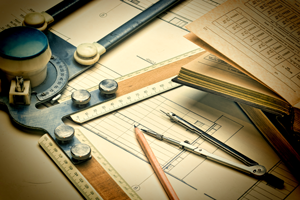
It is difficult to pinpoint the exact moment the two words fell in place together, but as early as 1780, they appear in Old French in the work published by the French mathematician Alexis-Jean-Pierre Paucton, Métrologie ou Traité des mesures, poids et monnaies (Treatise of Measures, Weights and Coinage).
A pioneer in this field, he, like others of his day, saw the need for a unit of measurement that defined distance, as opposed to a unit that defined volume or area. Using the decimal system, he defined a unit of measurement that was one 400 000th of a meridian degree and called it a linear metrètes (linear metre).
The subsequent work carried out in 1791 by renowned French scientists Borda, Condorcet, Lagrange and Laplace, among others, reinforced this definition. Once adopted by the Academy of Sciences, their report on the classification of linear and surface area measurements officially defined the metre as one ten millionth of one quarter of the earth’s meridian.
Some linguists note that the expression linear metre is redundant since metre already defines a length of line. Others point out that, in French, the term is abbreviated as ml and could be confused with millilitres.
Regardless, when it comes to measurement, it is best to have clear definitions so that you can accurately explain what you want to say. A line is not the same thing as a litre which, as everyone knows, is a 1 000ml!
Do you have linear metres of documents taking up room in your office? Contact our records management specialists for a customised solution that gives you your space back.







